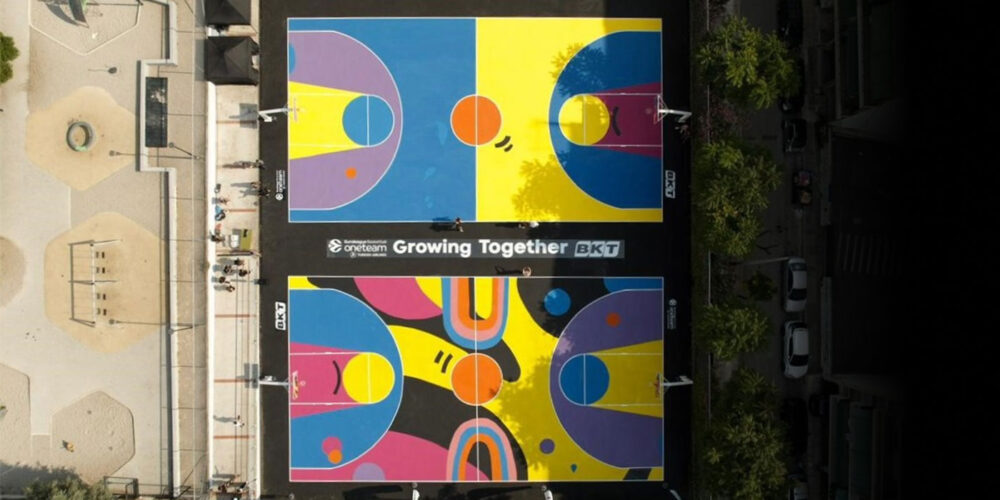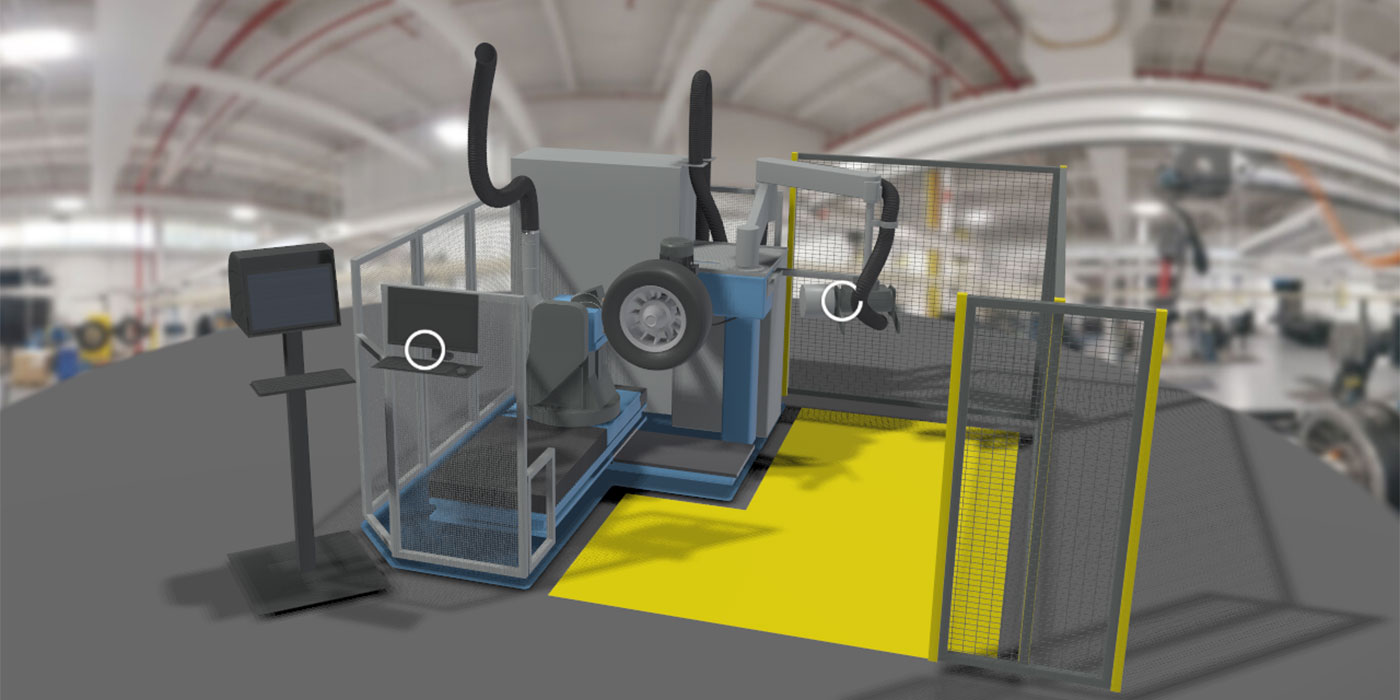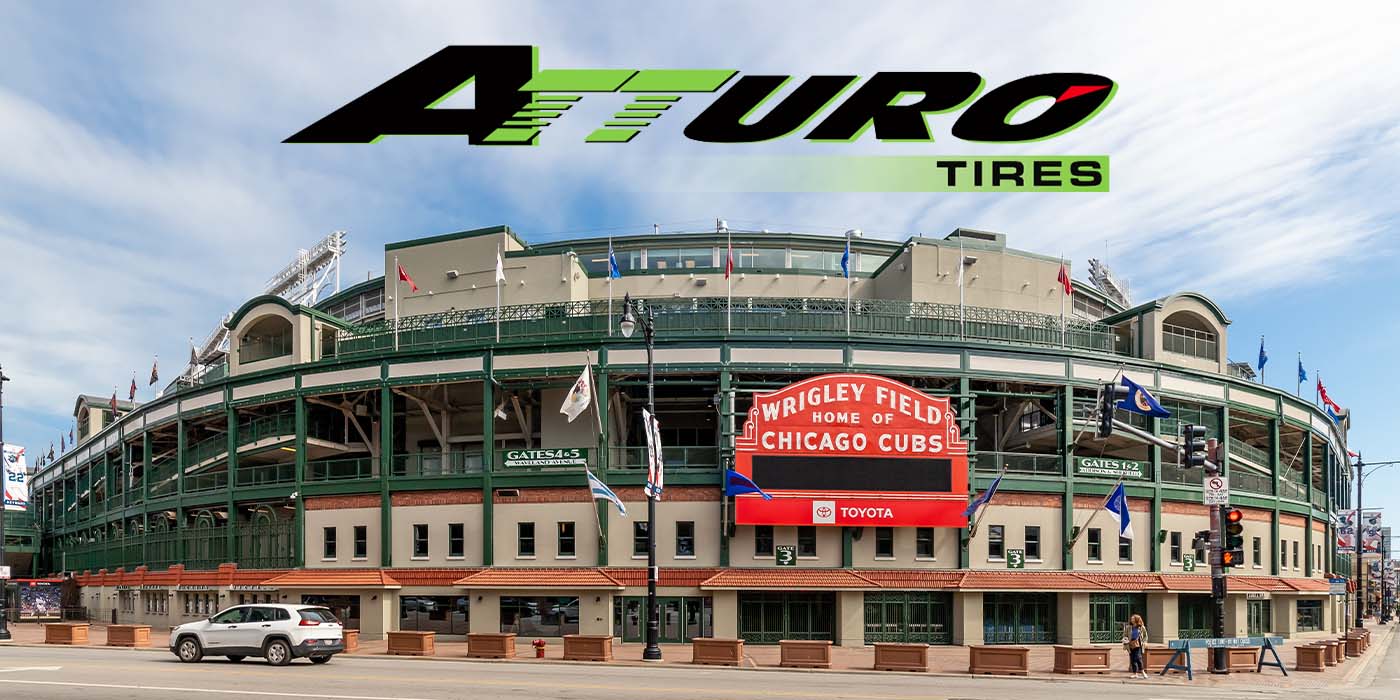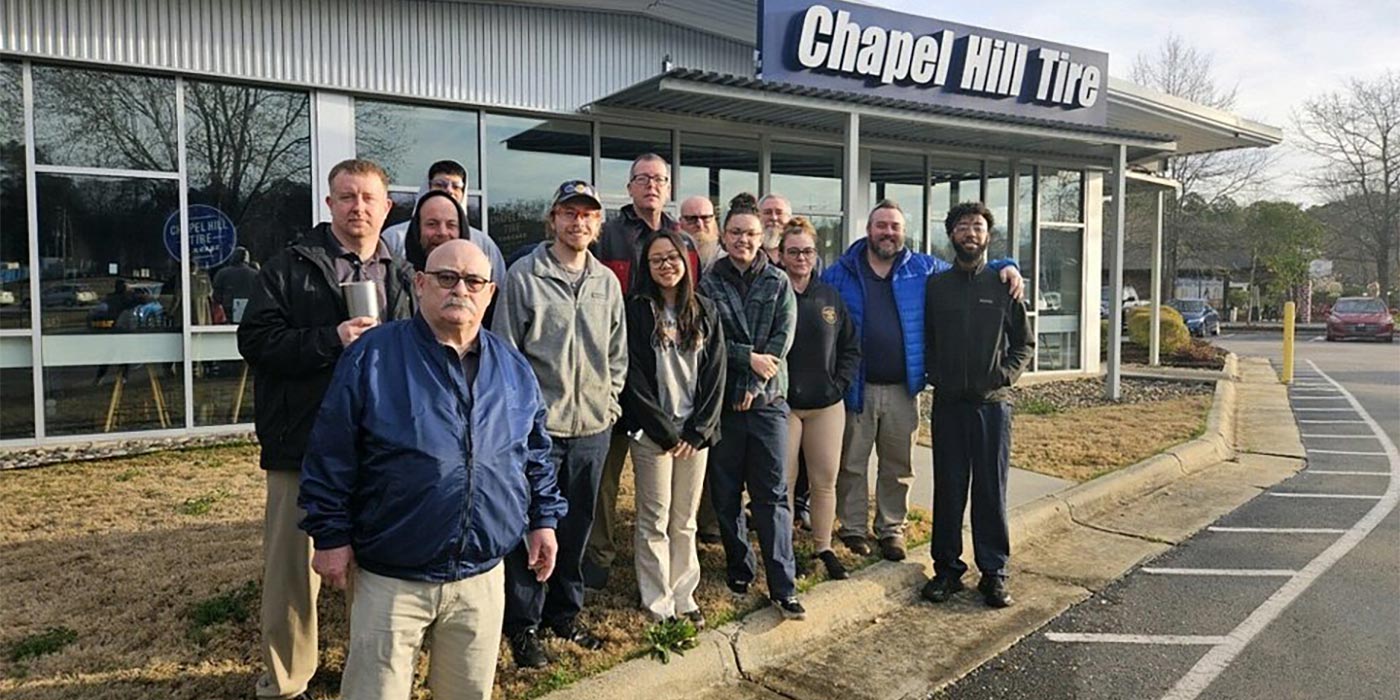The launch of a new tyre often involves an extreme test of the product’s capabilities – a 4×4 tyre may be demonstrated in the desert, a UHP offering on supercars at a racetrack. Pirelli, when introducing its new Winter Sottozero Serie II range, chose a glacier as the site to show off the tyre’s performance when pushed to the limit.
And Pirelli didn’t just choose any old glacier – the Winter Sottozero Serie II tests took place high up in the Matterhorn region, so high up in fact that the test cars needed to be shipped in slung 50 metres below a helicopter. The logistics required for arranging the tyre’s launch were astounding, and when the actual day came the weather rewarded Pirelli with conditions that would make even the Yeti consider a quiet evening in.
However impressive the setting, this memorable display of extreme winter roadholding was merely intended to highlight what the Winter Sottozero Serie II can do, if it wants to. When introducing the tyre to media, Pirelli Tyre CEO Francesco Gori stated the Winter Sottozero’s true purpose in life: “This tyre is not just good for snow – it is also good for low temperature levels.” Gori’s remarks were wholly in keeping with the direction Pirelli has taken in recent times, one which has seen the Italian firm move away from viewing winter tyres as a product firmly connected with snowbound regions.
“The weather is changing, that is a fact,” comments Gori. The new thinking at Pirelli responds to these changes, and the Winter Sottozero Serie II was thus designed for a Europe in which the seasons are not what they once were. Today’s more unpredictable weather conditions, says Pirelli, with dry spells when snow is traditionally expected, and sudden heavy rainfall in the late winter or at the beginning of autumn, has brought forth the need for the development of versatile tyres guaranteeing safety not only on snow and ice, but also on wet or slushy surfaces when temperatures fall below 7°C – a temperature that alters both the road surface and a tyre’s behaviour. In Pirelli’s words, the Winter Sottozero Serie II should revolutionise the traditional idea of the winter tyre – a product that is not a snow tyre, but a seasonal one, suitable for all weather and road conditions throughout Europe from October to April.
Before examining what Pirelli has put into the Winter Sottozero Serie II to make it better suited to Europe’s actual winter conditions, however, it is important to highlight that the new Winter Sottozero family contains two distinct products – the ‘standard’ W210/W240 version for high performance cars, and an even more extreme W270 variant, designed for super sports models. “We have two families of product with the same fundamental innovations,” explains Maurizio Boiocchi, Pirelli’s senior vice president of product and R&D. As two related family members, the W210/W240 and the W270 have many shared characteristics, yet other qualities are unique to each tyre.
At present the Winter Sottozero Serie II is available in 36 sizes for 15- to 20-inch rim diameters, T to W speed ratings and 30 to 65 aspect ratios. “It covers more than 80% of the top performance winter market,” stated Mr. Gori. “Furthermore, we would like to introduce the same sizes for run-flat tyres, especially for BMW.” Prices for the new Winter Sottozero Serie II will vary from market to market, although the Pirelli Tyre CEO indicated a set would approximately cost £480 for cars such as the Audi A3, £720 for Mercedes C-Class and similar vehicles, while prices for higher performance vehicles such as the Bentley Continental GT would be in the vicinity of £1,600 per set.
Common to both versions is a compound free from aromatic oils, an anticipation of European standards coming into effect in 2010. Both the polymers and mixing processes used in the Winter Sottozero Serie II are new and ecologically sounder, reports Pirelli, and their use has been approved only after demonstrating that the tyre’s performance and safety characteristics would not be altered. Indeed, the performance qualities of the latest Winter Sottozero’s compound have been a priority since the tyre’s inception: “The whole technology behind the tread compound has been to make tyres that can be used in winter in place of P Zero summer tyres,” adds Boiocchi. Thus, owners of premium performance vehicles can now drive in all seasons with absolute confidence that the tyres fitted match the conditions.
Also present throughout the entire product line is Pirelli’s TDC (Temperature Dynamic Compound) technology, a combination and optimisation of the features found in compounds for wet and for icy surfaces. Pirelli claims TDC technology provides improved performance on wet roads at all the usual winter temperatures – ie seven degrees or below. The tread of both products also features shared characteristics intended to improve safety and performance in various conditions. The tread’s IBS (Interactive Brickwork Siping), siping laid out in a brickwork pattern, fulfills a dual role: it increases both lateral and longitudinal stability, while better grip is guaranteed by the movement of the sipes, which follow the irregularities of the road surface.
And in addition to these innovations, both versions of the Winter Sottozero Serie II come with a 0° polyamide fibre that provides thermal stability or, in other words, makes the tyre less sensitive to changes in performance brought about through variations in asphalt and air temperature. The fruit of these technologies is in the W210/W240 version of the tyre most strongly represented, says Pirelli, when it comes to reducing lateral aquaplaning.
A feature exclusive to the W210/W240 tyres is Pirelli’s patented Hydro Static Tank (HST) technology, which widens the “tanks” or grooves in the tread, permitting the flow of water from the tyre surface, improving the performance in the area of aquaplaning.
The higher performance W270 includes a number of unique innovations, including a dual compound. This Pirelli patented compound consists of a softer compound in the outer area – which Pirelli reports guarantees ‘typical winter tyre performance’ – and a firmer compound in the inner area intended to increase safety at high speeds. In practice, the combination of the two compounds, comments the tyremaker, gives excellent handling on dry surfaces and maximum performance on snow, leaving safety parameters unaltered. Tests conducted by Pirelli indicate that, compared with the previous series Winter Sottozero, the W270 delivers the strongest improvements in the area of dry stability, with improvements also occurring in dry braking, wet handling, wet braking, slush and aquaplaning. Also unique to the W-speed rated W270 are flexible pivots. Pirelli, in designing the Winter Sottozero Serie II W270, adopted the high performance technology developed for the P Zero. This is the first time, claims the tyremaker, that such technology has been incorporated into a winter tyre. The W270 features the internal structure and band found on the P Zero, and Maurizio Boiocchi adds the bead on the tyre comes also from the Pirelli performance flagship and “gives good grip while turning – the same as a summer P Zero.”
It is not only the seasons Pirelli took into account when designing the second generation cold weather tyre; Pirelli’s tyre engineers have examined changing technology and regulations. In terms of technology, Gori pointed out that cars are becoming heavier and more powerful, and bristling with gadgetry. However, the CEO admits that “electronics can be counterproductive if a car fitted with summer tyres has no good reference point for the actual (cold weather) conditions.” To take advantage of all electronic safety systems can offer, a tyre that compensates for different road and weather conditions must be fitted. The Winter Sottozero Serie II goes a long way towards addressing this issue, yet Pirelli intends to make further inroads in this area. “On-board electronics currently make reference to standard values,” comments Boiocchi. “There is room for improvement. For this purpose we have undertaken a ‘cyber tyre’ project, where a sensor grip inside a tyre can read road conditions, allowing all vehicle electronics to be guided by this information.” However Boiocchi added this technology will “take some time to implement” and the co-operation of car manufacturers is crucial.
Gori believes that achieving greater cold weather tyre sales throughout Europe is mostly a question of overcoming apathy and a lack of awareness of the true benefits offered. “Safety is something that probably doesn’t sell well. Comfort and performance is wanted, but implicitly you must have the right safe tyres. He adds: “There is still a cultural problem all over Europe. Take England, Scotland and Ireland. The awareness of winter tyres is still limited there, and this lack of market penetration is not justified by the road conditions.”
The time and funds invested into the development of the Winter Sottozero Serie II is indicative of Pirelli’s ongoing commitment to its cold weather product. “What we’re proposing for the next ten years to come is environmentally friendly tyres that make driving a truthfully pleasant experience, and provide full compliance with vehicle gadgets,” commented Gori. (Tyres & Accessories/Staffordshire, U.K.)













